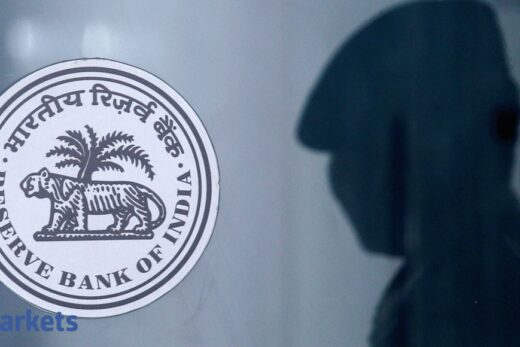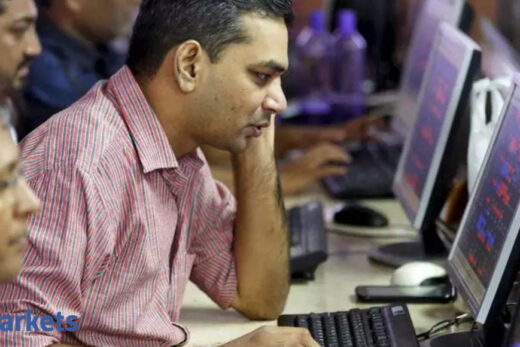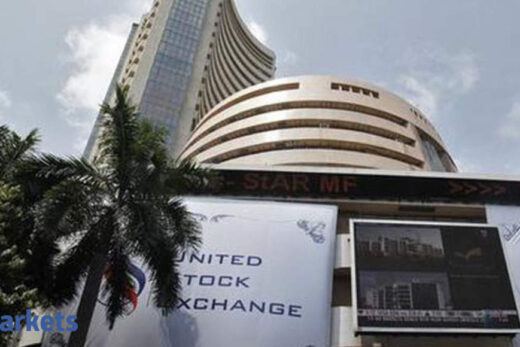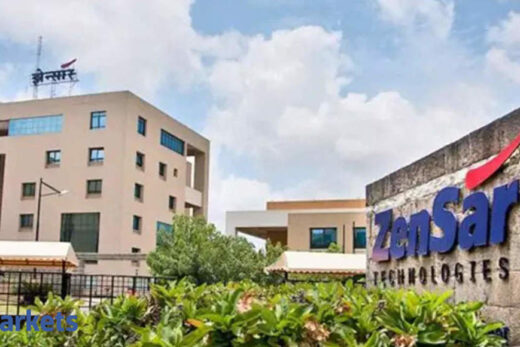Due to the second wave of the pandemic and subsequent lockdown, analysts are expecting defaults to rise but one thing going in favour of Bajaj Finance is its cautious stance and high level of provisioning.
“Asset quality is expected to see some deterioration due to lockdowns, but strong provisions and writeoff would keep the headline GNPA (gross non-performing asset) stable,” said analysts at ICICIdirect.
The company may report anywhere between 30-90 per cent jump in net profit in the range of Rs 1,250-1,850 crore. Net interest income (NII) is also going to rise about 15-22 per cent, said brokerages. However, one should note that this will come on a lower base than last year. Moreover, sequentially, these numbers are expected to go down.
The company has already reported a 15 per cent YoY rise in loan AUM for the June quarter. However, bifurcation of AUM would be a key monitorable as the durables segment seems to have been affected by lockdowns.
New loans stood at ~4.6 million in Q1FY22, up from ~1.8 million last year but down from ~5.5 million last quarter, indicating the continued cautious stance of the company. It sits on a high liquidity buffer of Rs 10,900 crore, said analysts at Emkay.
They added the commentary on the company’s digital journey, including the launch of Bajaj Pay, would be interesting.
Sharekhan, which is among the most conservative on Bajaj Finance headline and bottomline growth, believes provisions will likely increase led by higher Covid-related stress while a decrease in costs will lead to growth in NII.
Shares of the company have lately been under selling pressure, but the scrip is still up 14 per cent this calendar. In comparison, BSE Sensex has risen 10 per cent.



